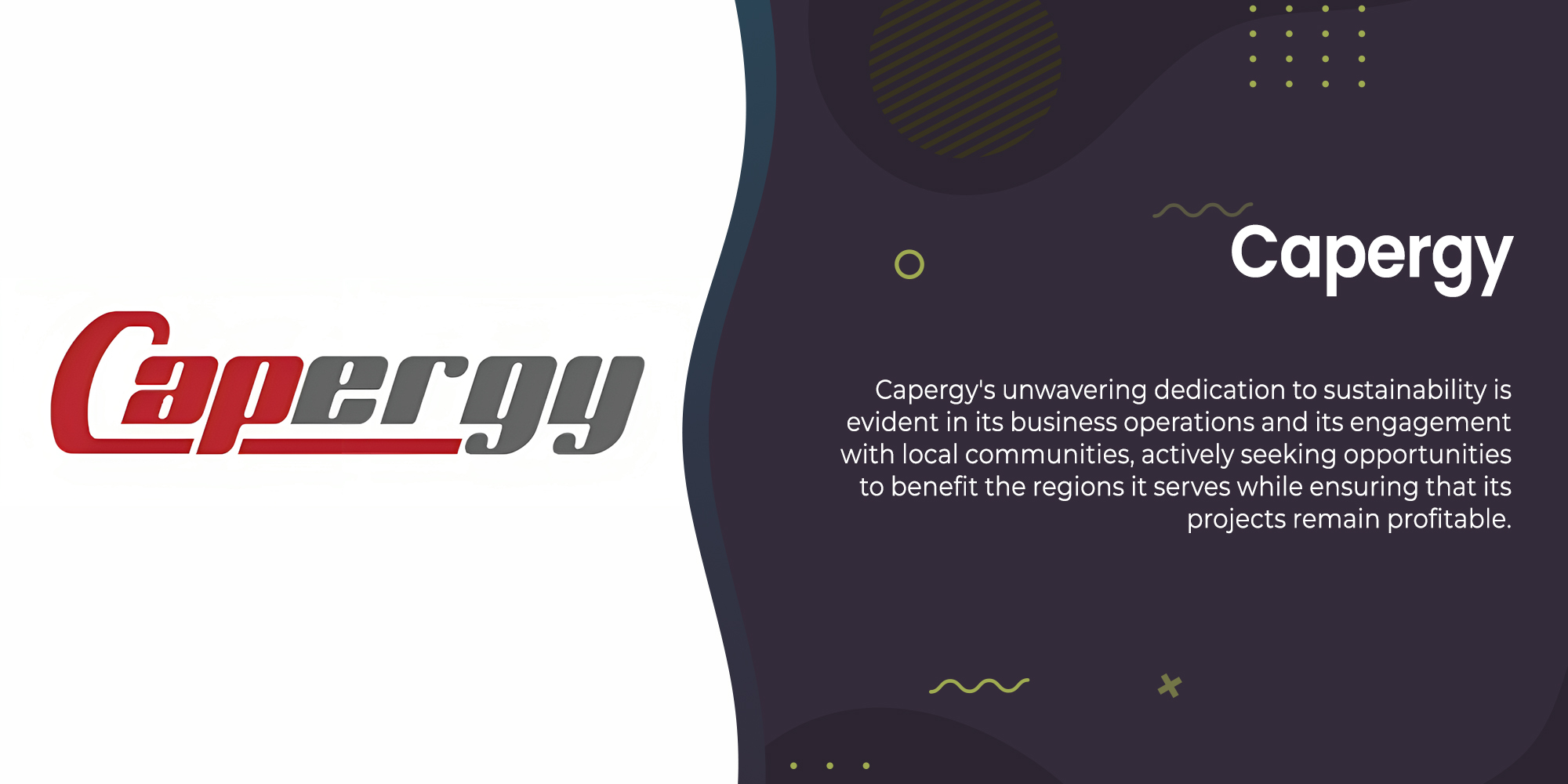
Integrating solar and wind energy, known as solar wind power, is a groundbreaking approach to renewable energy. It combines solar panels, which convert sunlight into electricity, with wind turbines, which use wind to generate power. This dual-source system capitalizes on the strengths of both solar and wind energy, providing a more consistent and reliable energy supply than either source could offer alone.
Components and Mechanisms of Solar Wind Systems
In a solar and wind power system, key components include photovoltaic (PV) panels, wind turbines, energy storage units, and power management systems. PV panels capture sunlight and convert it into electrical energy, while wind turbines generate power from wind. Energy storage units, such as batteries, store surplus energy for periods of low sun or wind. Power management systems ensure the optimal operation of the hybrid system, balancing and distributing energy as needed.
Superiority Over Traditional Renewable Models
Solar wind power systems have distinct advantages over traditional single-source renewable energy systems. Their hybrid nature allows for more consistent energy generation, reducing dependency on weather conditions. This combination also maximizes land use efficiency, making solar wind power a more practical and sustainable energy solution.
Environmental Impact and Green Energy Promotion
Solar wind energy is a champion of environmental sustainability. It significantly reduces greenhouse gas emissions compared to fossil fuels, aiding the global effort to combat climate change. Additionally, using land and resources more efficiently, solar wind farms have a smaller ecological footprint than separate solar or wind farms.
Economic and Job Market Contributions
The emergence of wind energy is an economic catalyst. It stimulates job creation in the manufacturing, installation, maintenance, and research sectors. The industry also promotes technological innovation, contributing to economic growth and energy sector diversification.
Overcoming Challenges in Energy Storage and Integration
One of the main challenges in efficient storage and grid integration. Developing advanced battery technologies and upgrading power grid infrastructures are essential to manage the intermittent nature of solar and wind energy, ensuring a steady and reliable power supply.
Policy Framework and Governmental Support
The advancement of solar wind power is heavily influenced by policy and regulatory support. Government incentives like subsidies, tax credits, and research funding are crucial in encouraging the adoption and development of solar wind technologies. Policy frameworks are also critical for integrating these systems into the energy infrastructure.
Future Outlook and Technological Progress
The future of solar wind energy is promising, driven by continuous technological advancements. Innovations in more efficient solar panels, more powerful wind turbines, and better storage solutions are under development. The potential for integrating smart grid technologies and IoT (Internet of Things) in solar wind systems is also a promising frontier.
Professional Roles and Opportunities in Solar Wind Energy
Professionals in the renewable energy sector are essential for wind power growth. Opportunities exist in research and development, system design and engineering, project management, and policy advocacy. Staying informed about the latest technological developments and industry trends is crucial for professionals in this evolving field.
Investment Prospects and Market Dynamics
Investing in solar energy presents a unique opportunity for sustainable growth. As the technology becomes more efficient and cost-effective, solar wind projects offer attractive prospects for investors. Understanding the market dynamics, technological trends, and regulatory environment is crucial for successful investment in this sector.
Education and Skill Building for Solar Wind Energy
With the expanding solar wind sector, there is a growing demand for skilled professionals. Education and training programs focusing on renewable energy technologies, project management, and environmental policy are essential. These programs prepare the workforce to meet the challenges and leverage the opportunities in the solar wind energy sector.
Engaging Communities for Sustainable Development
Community engagement is a critical component of successful solar wind projects. Involving local communities in the planning and implementation process ensures better acceptance and sustainability of projects. It also provides an opportunity for public education about renewable energy and its benefits.
In essence, wind power is transforming the landscape of renewable energy. For professionals and stakeholders in the energy sector, embracing this dual-source solution is critical to advancing towards a more sustainable and resilient energy future. The fusion of solar energy addresses the limitations of traditional energy sources and opens up new avenues for innovation and growth.